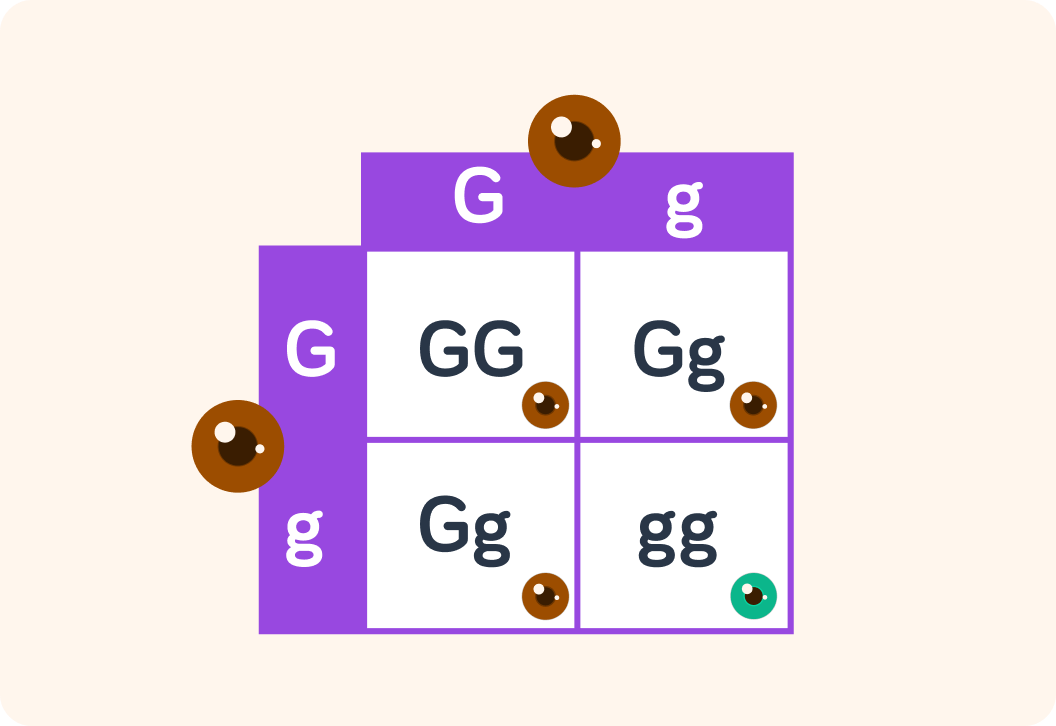YOU ARE LEARNING:
What is Reproduction?

What is Reproduction?
Reproduction is the process whereby genetic information is passed from parent to offspring. It creates a new member of a species, and, depending on the type of species, can be sexual or asexual.
What do you think is the correct definition of sexual reproduction?

Sexual reproduction in humans is where an egg and sperm (or equivalent in other organisms), each with half the number of chromosomes needed to make a human, meet and fuse. This produces a child with a full set of chromosomes.
In sexual reproduction, the sperm swims to the egg and fertilises it. What is another name for a fertilised egg?


If a human has 23 pairs of chromosomes, how many individual chromosomes is this human sperm carrying towards the egg?


In human reproduction, a mother and father combine their genetic information to produce a child with 23 pairs of chromosomes. How do you think the chromosomes are distributed to offspring?

Gametes are produced from parent cells by a process called meiosis. We will cover meiosis in more detail in a later lesson, but what do you think meiosis does in terms of chromosome number?

So instead of having pairs of chromosomes, each gamete will just have one chromosome out of each pair from the parent. It will fuse with a gamete of the opposite sex to produce a whole set again in the zygote. The zygote, which develops into a child, will have 23 pairs of chromosomes.
In each chromosome pair in a child, how many chromosomes are there from each parent?

Finish this definition of fertilisation: An egg from the mother and sperm from the father...

Which statement about chromosome number is correct for a zygote?

What can you say about the characteristics that an offspring inherits?

Sometimes though, a child might have green eyes when both parents have brown eyes.
Why do you think this is?

Here, each parent is Gg with the "G" allele coding for brown eyes, so each sperm and egg would contain either a "G" allele or a "g" allele.
The Punnett square shows the different ways a sperm and egg can combine to form a trait in a child. If a child is born with the genotype gg, it would be green-eyed, even though the parents were both brown-eyed.

If the parents had another child, what's the probability in percent that another 'g' sperm will meet with another 'g' egg?


When talking about reproduction, we might not be talking about humans all the time. When we talk about reproduction in biology more generally (for any organism) we talk about producing new members of a species. But sexual reproduction isn't the only method of producing offspring. Some organisms are capable of performing asexual reproduction.
If sexual reproduction is two organisms joining their chromosomes together to produce offspring, what do you think asexual reproduction is?

Different organisms, from bacteria to badgers, use different methods of reproduction. We will cover them in more detail in later lessons.
